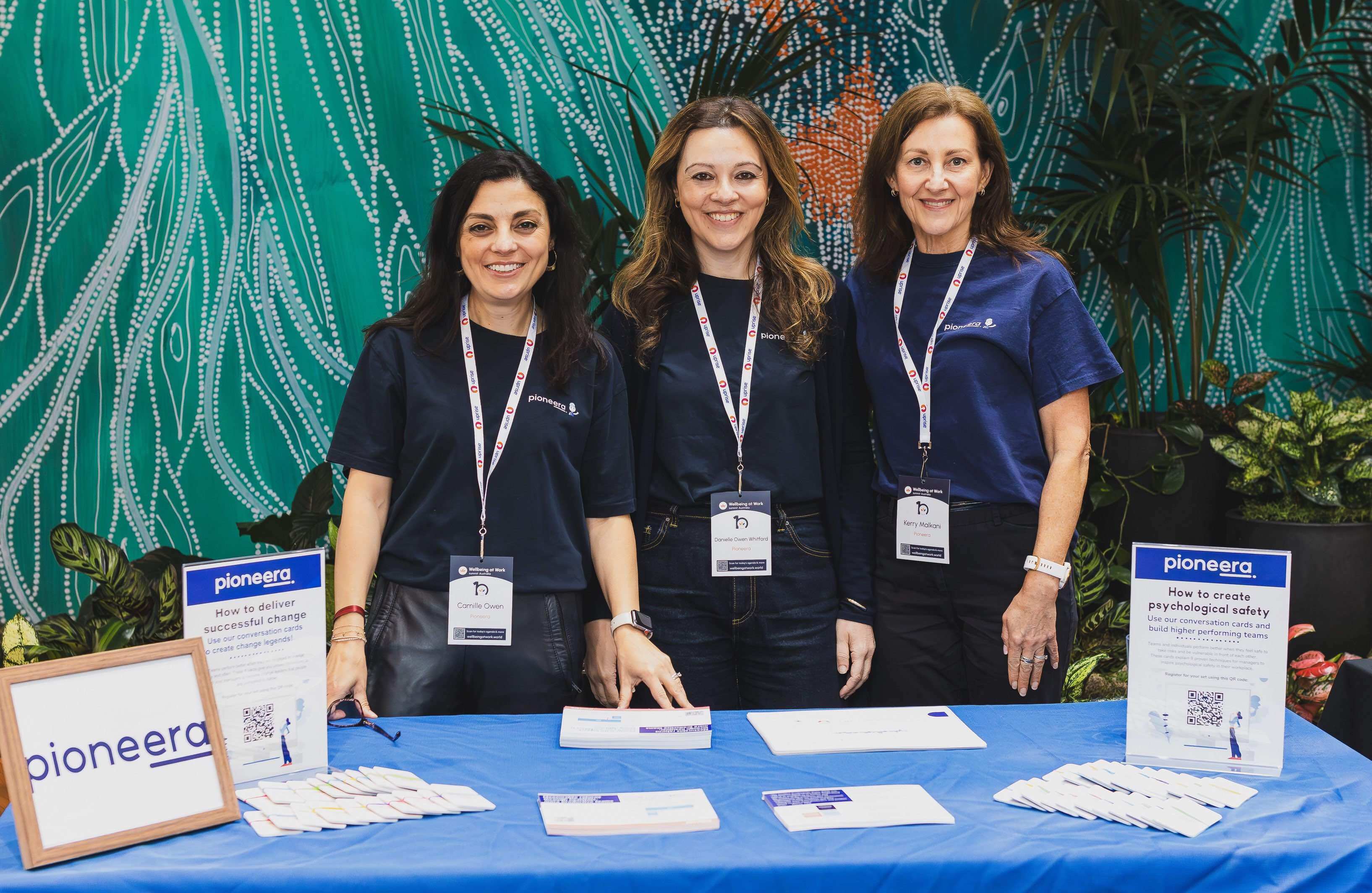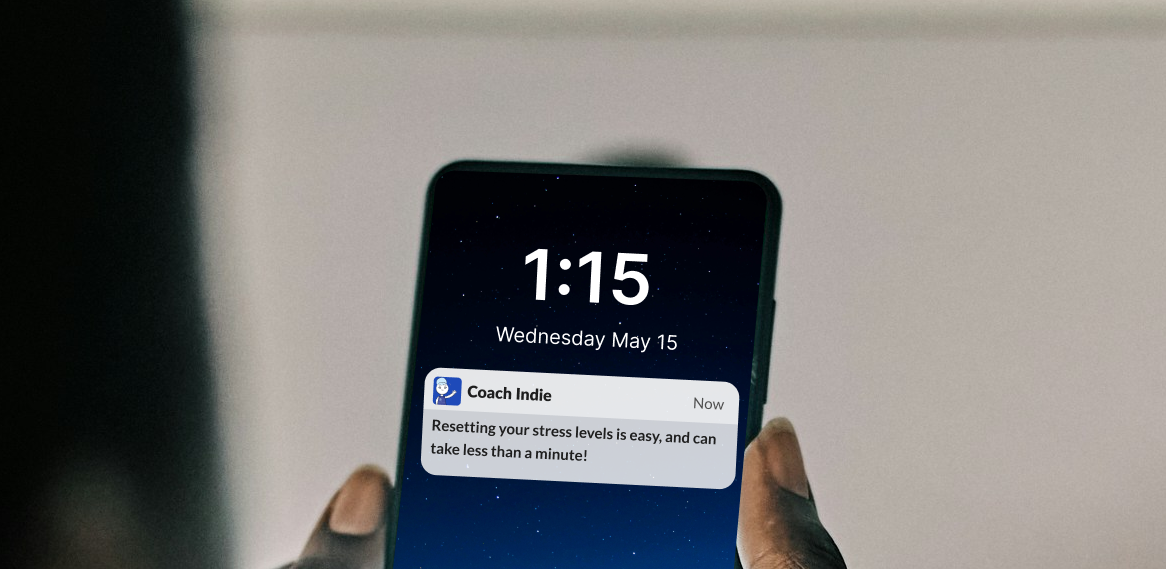Have you ever considered the toll the relentless drive for productivity can take on our well-being? The link between toxic productivity and the growing concern of workplace burnout is intricate; we explore why businesses must take notice.
Employee Burnout - A Growing Epidemic
It's no secret that employee burnout has become a pressing public health concern. The alarming truth is that it's rising, and companies must step up. A recent report from Indeed found that employee burnout is rising: 52% of all workers feel burned out, up +9% from a pre-COVID survey.
When burnout strikes, it's not just a matter of feeling tired—it's a sharp decline in productivity and a loss of efficiency. No matter how dedicated, employees fall short on outputs and cannot work at their full potential.
Do you know how to spot the signs of employee burnout?
The Consequences of Unchecked Toxic Productivity
Toxic productivity may seem like the golden ticket to success, but it's slippery. It's like chasing a mirage, where the pursuit of productivity robs the joy from everyday activities. This relentless push can have serious consequences, leading to burnout, depression, and many physical and mental health issues. The cost is steep, both for individuals and the organisations they serve.
Toxic productivity tends to rear its head during times of uncertainty. Clinical psychologist Kathryn Esquer shed light on this, explaining that being productive offers a temporary dopamine hit, momentarily taking our minds off pressing matters. “Toxic productivity is like a band-aid solution for deeper issues”.
Toxic Productivity x Burnout: The Numbers Don't Lie
The statistics paint a vivid picture of the impact of toxic productivity and burnout. A staggering 625 million people suffer from depression and anxiety worldwide, and the World Health Organization estimates a jaw-dropping $1 trillion loss in productivity each year.
In today's evolving work landscape, remote work has become the norm. However, it has its challenges. The Indeed study highlighted that 61% of remote and 53% of on-site workers find it increasingly difficult to "unplug" from work during off-hours. Additionally, a study by Asana reveals that for knowledge workers, the lines between work and personal time have blurred, leading to more time spent on work-related tasks, even during free hours.
How To Spot the Signs of Toxic Productivity (and Combat Them)
Toxic productivity, though tempting, comes at a hefty cost to both individual well-being and overall productivity. Recognising the signs and addressing this issue is not just a matter of compassion but a strategic business imperative.
Learn more about how to manage toxic productivity in your workplace here.
There is an antidote to Toxic Productivity! We call it Positive Productivity. We would love to show you how Positive Productivity will help you unlock productivity improvements in your organisation and improve psycho-social safety and well-being. Find out more here. 🙌






